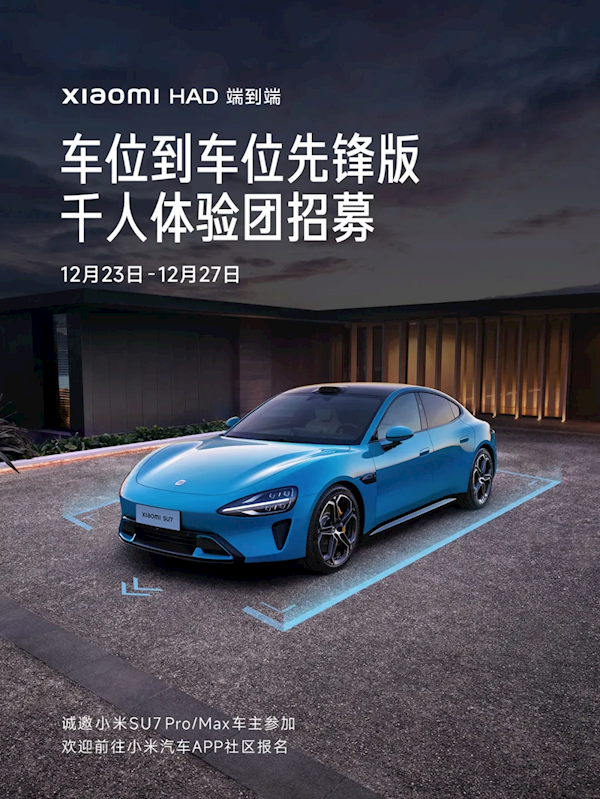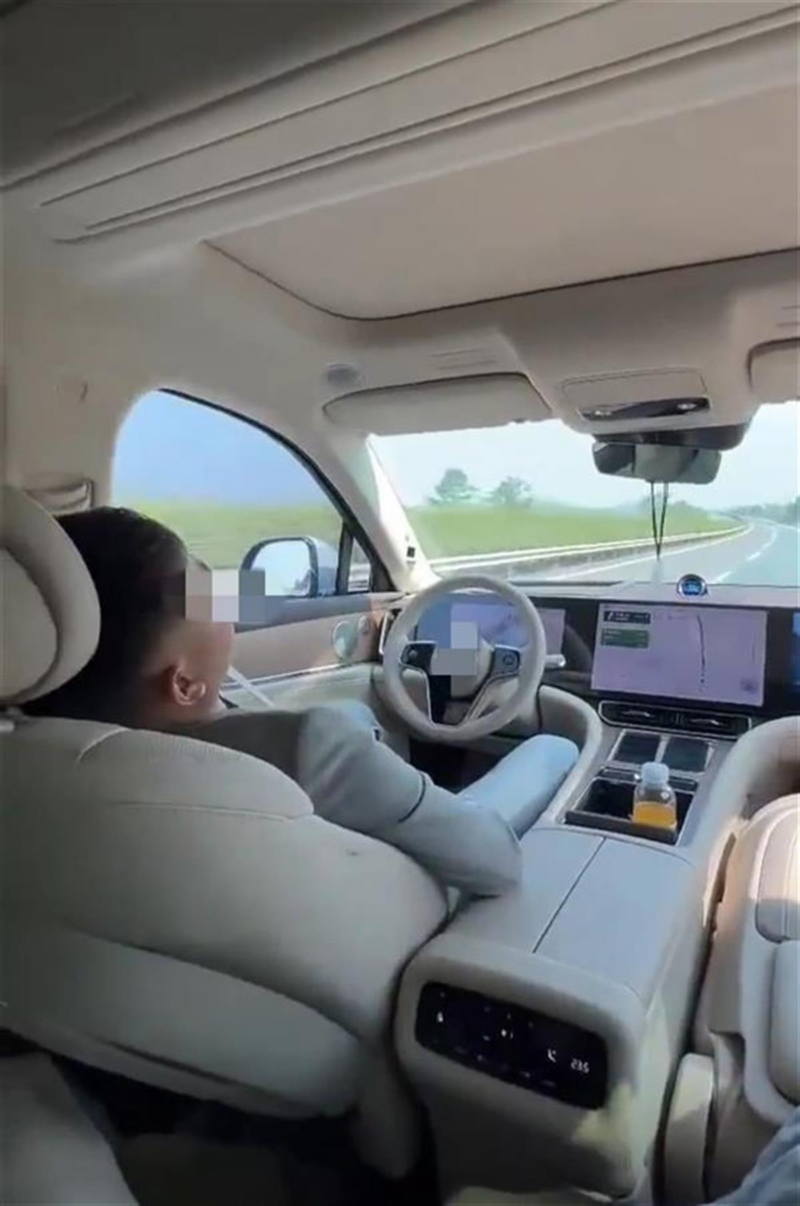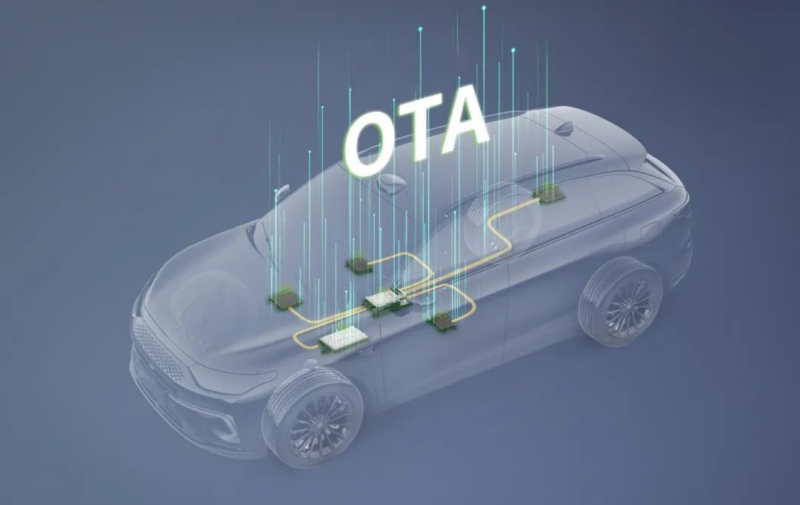China’s Ministry of Industry and Information Technology (MIIT) has introduced strict regulations for autonomous driving technologies following recent safety concerns, effectively reshaping how automakers can develop, test, and market these features.
At an April 16 meeting on intelligent connected vehicle management, MIIT officials outlined comprehensive restrictions in a document that has since circulated within the industry. The new guidelines target several key areas of autonomous driving development and marketing.
Public beta testing programs are now prohibited

The ministry has banned the standard industry practice of using “pioneer user” beta testing programs. Officials stated that “public testing, whether with thousands or tens of thousands of users, must go through official approval channels.” This effectively ends the smartphone-inspired approach where automakers recruited early adopters to test and provide feedback on new autonomous driving features.
Marketing terminology is strictly regulated
Automakers must now avoid terms like “automatic driving,” “autonomous driving,” “intelligent driving,” or “advanced intelligent driving” in their marketing materials. Instead, they must use “L(number) assisted driving” and strictly adhere to automation level classifications.
Remote parking and summoning features banned

Functions that operate without driver supervision—including valet parking, one-touch summoning, and remote control features—are now prohibited. The ministry emphasised that “these functions will not be approved for products” as they cannot ensure driver engagement and operational safety.
Strict hands-on requirements enforced

The regulations mandate that driver monitoring systems cannot be disabled and must detect when drivers remove their hands from the steering wheel. If hands-off detection exceeds 60 seconds, the system must implement risk mitigation strategies such as slowing down, activating hazard lights, or pulling over.
OTA updates are heavily restricted

MIIT criticised frequent over-the-air updates, stating that one goal of the new regulations is to “reduce frequent OTA updates and improve version risk management.” Emergency updates will now require recall procedures and the State Administration for Market Regulation approval.
Industry observers note these regulations come shortly after a high-profile incident involving three fatalities, which has prompted authorities to prioritise safety over rapid technological advancement. The timing, just before the Shanghai Auto Show, where autonomous driving features were expected to be heavily promoted, signals the government’s determination to regulate this sector more stringently.
The new rules particularly impact companies that have positioned themselves as autonomous driving leaders, including Huawei, Xpeng, Li Auto, and Nio. They could potentially benefit traditional automakers that have taken a more cautious approach to autonomous technology.
As of press time, the China stock market automotive sector is trending downward, with BAIC falling nearly 7%, Seres dropping more than 5%.


